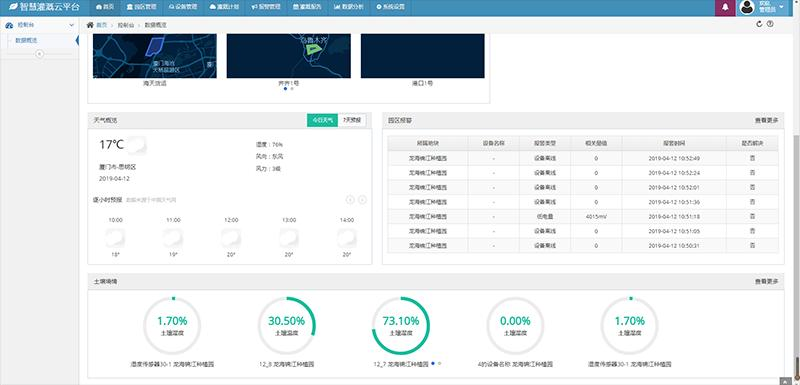






Release time:2024-01-08 Browsed0 order
Although the existing water-saving irrigation system has a significant effect on reducing crop irrigation costs and increasing crop yield, the rationality of irrigation cannot be effectively implemented due to the many problems that need to be solved in conventional drip irrigation systems.The main problem is that manual operation is too arbitrary and cannot strictly follow the irrigation system; Experience irrigation cannot guarantee the uniformity of irrigation; All manual operations require a large workload and cannot free up labor.
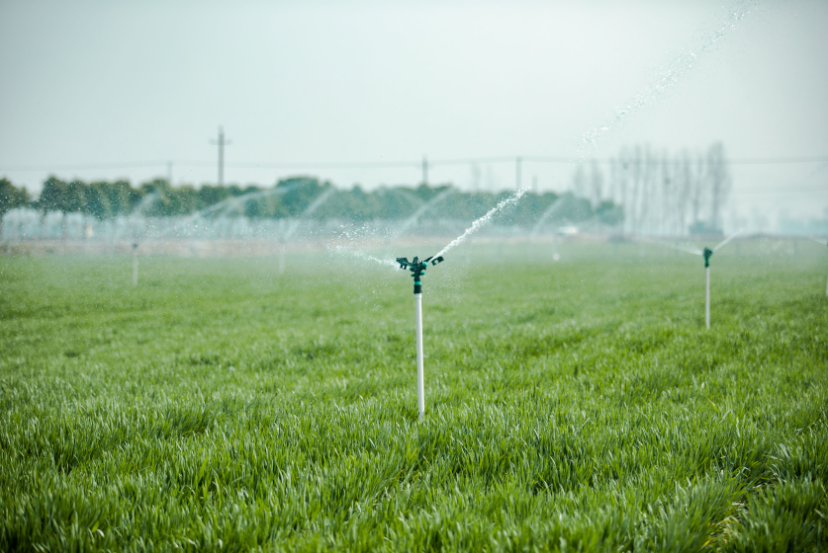
In China, agricultural water consumption accounts for about 80% of the total water consumption. Due to the generally low efficiency of agricultural irrigation, the water utilization rate is only 45%, while countries with high water resource utilization rates have reached 70% to 80%. Therefore, solving the problem of agricultural irrigation water use is very important for alleviating water scarcity.
Introduction to Smart Irrigation Systems
The agricultural efficient water-saving automated irrigation system consists of a valve control system, a soil moisture monitoring system, a water pump control system, a PC end backend management system, a mobile app, and a monitoring service center. The communication between the monitoring service center and various monitoring systems is achieved through the field controller equipment of each system through a 4G network. Each subsystem completes monitoring and management control through valve control, sensors, and field controllers.
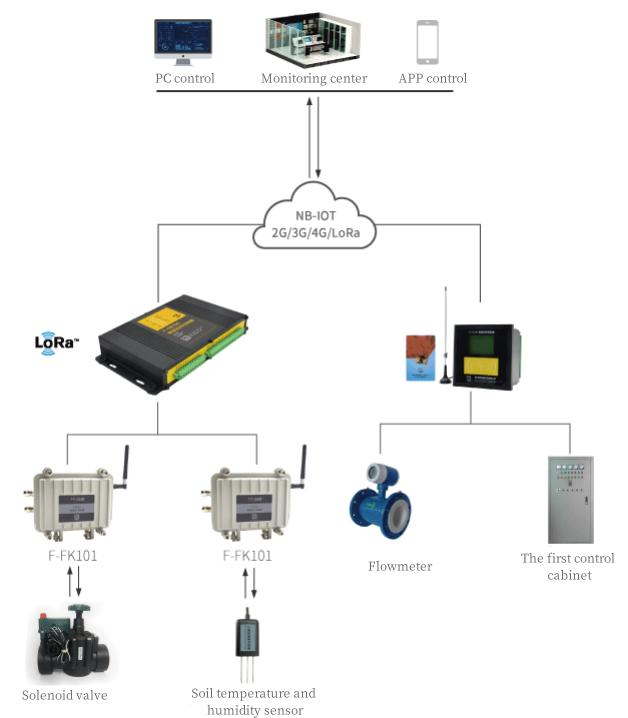
The characteristics of intelligent agricultural irrigation systems
1.Modular and hierarchical design of the system to improve efficiency, increase maintainability, and facilitate scalability;
2.Flexible hardware configuration allows users to upgrade and replace controlled hardware devices at will without the need for software replacement;
3.Friendly human-machine interface, achieving unmanned irrigation process, reducing the workload of personnel, and improving irrigation efficiency;
4.Strong anti-interference ability ensures stable operation of the system in harsh outdoor environments with strong electromagnetic interference;
5.The automatic fault detection function improves the construction of the system, and the layout of various equipment requires aesthetics.
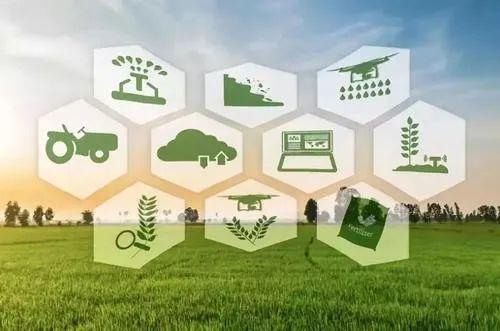
Valve control system
The valve monitoring system consists of a valve control, solenoid valve, and controller system. The valve control system is used to cut off and distribute water flow in the operating pipeline network of agricultural irrigation areas. The system adopts a fully wireless roaming network, and there is no need to lay lines in the field. Through zone management and cascade communication, remote data transmission is achieved. Each solenoid valve has a dedicated name. According to the plan formulated by the rotary irrigation system, the solenoid valve is opened. The monitoring center issues instructions to the designated solenoid valve or rotary irrigation group to open the solenoid valve for irrigation, or close the solenoid valve to stop irrigation. According to the soil moisture content, the valve controller can be linked to achieve automatic irrigation. The system sets a soil moisture threshold. When the soil moisture is below the set threshold, the solenoid valve is opened for irrigation. When the threshold is reached, the solenoid valve is closed to stop irrigation. The valve controller is connected to the solenoid valve through a cable, and the valve controller communicates with the field controller through wireless (lora). The on/off valve command is sent to the valve controller by the field controller through lora communication
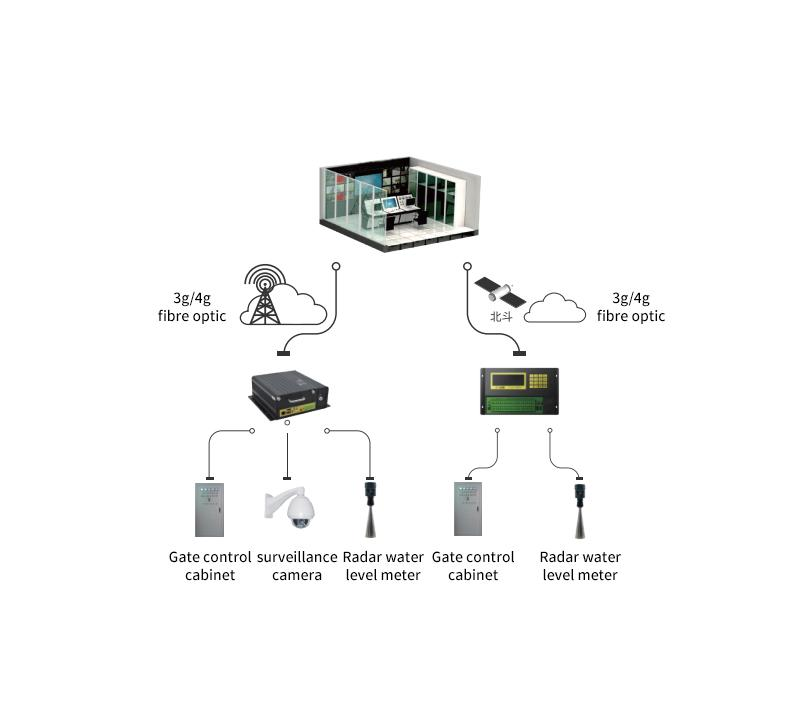
Soil moisture monitoring system
The soil moisture monitoring system consists of a valve controller, a soil temperature and humidity sensor, and a field controller. The soil moisture monitoring system mainly collects and processes soil moisture. A fully digital networked platform can be used for management, and the data collected by the front-end digital can be transmitted back to the control center and various monitoring centers through wireless communication terminals via 4G network, achieving distributed monitoring, centralized control, and management functions.
The soil temperature and humidity sensor is connected to the valve controller through a 485 cable, and the valve controller communicates with the field controller through Lora. The collected data is uploaded to the monitoring center by the field controller through a 4G network.

PC controlled operation management system
The smart irrigation cloud platform is a smart system that utilizes modern information technologies such as the Internet, cloud computing, big data, and mobile applications to provide cloud services for precise crop irrigation. The intelligent irrigation cloud platform monitors the crop and soil moisture in the park, and formulates reasonable irrigation plans, including automatic mode and manual mode. Through online and remote operation of the equipment, the automated management of irrigation water has been effectively achieved
